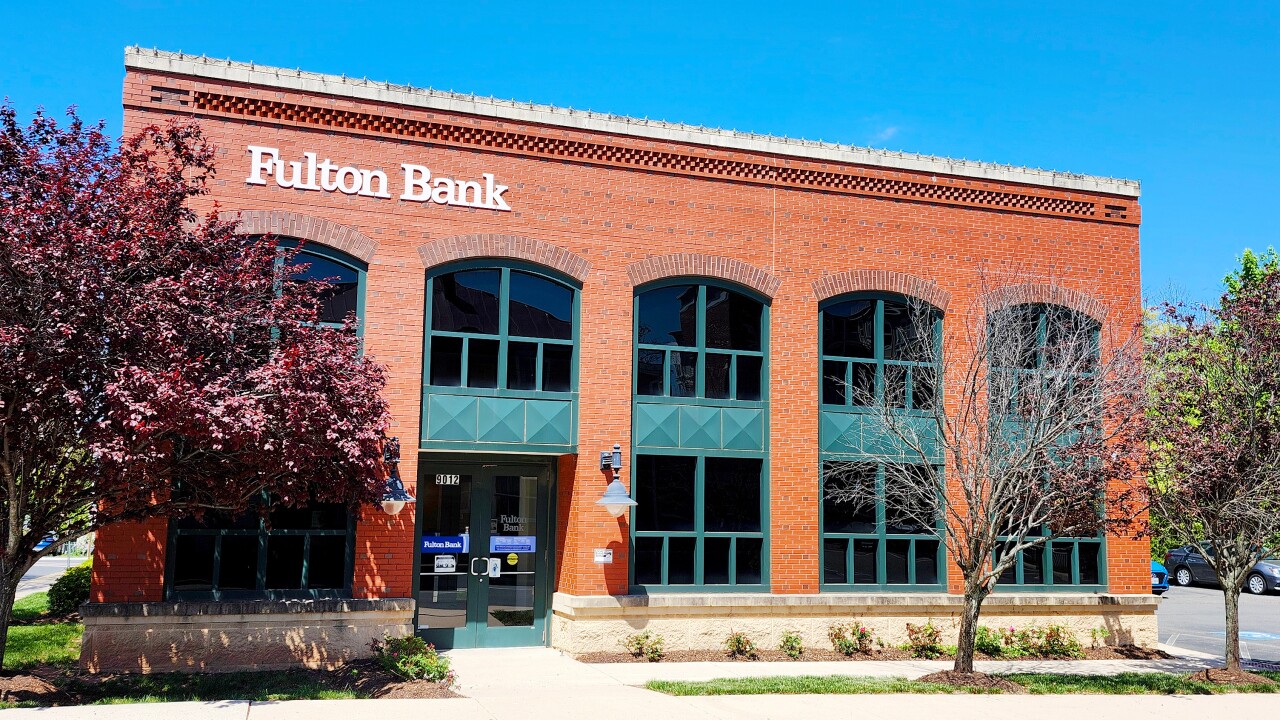When Jacqueline Kennedy Onassis died in 1994, reporters around the globe had a field day. Jackie, who had valued her privacy, left a will, and a will is open to the public. Suddenly, the snoopy press had many details of the former First Ladys life items she probably would have preferred to remain secret.
She had an alternative. Jackie could have put all her assets in a living trust, a legal vehicle that serves many of the purposes of a will, but which remains private.
But the most important feature of living trusts is that they enable individuals to avoid probate, which can be costly and time-consuming. When attorney Melinda Williams father died in 1992, her mother had to travel seven hours to Rome, GA, for a probate hearing because her father had owned a small piece of his great grandfathers farm there. A living will would have avoided that.
More and more Americans, their attorneys, bankers and financial advisors are becoming aware of living trusts and their advantages. Although there is no way to be sure of the number of living trusts they neednt be registered with any government agency, including the Internal Revenue Service bankers and others report there has been a sharp increase in the last few years. And the Sept. 11 terrorist attack on the World Trade Center seems to have caused a further spurt in living trusts, as many Americans have become more conscious of their mortality.
Were getting a lot more phone calls now with people saying, Look, Im getting ready to get on a plane and I need to get an estate plan done quickly, says Stephen Moore, vice president and manager of personal trust at Standard Federal Wealth Management in Bloomfield Hills, MI. Standard Federal is a division of Chicagos LaSalle Bank.
Living trusts can be used instead of wills, but in many ways the trusts are very different. Unlike a will, which deals with the distribution of assets after an individuals death, living trusts actually hold assets. And often those assetsfrequently income-producing real estate or entire businessesrequire loans.
That often raises big problems for banks because legally it is not clear exactly what a living trust is, who is responsible for repayment of loans to the trusts, and whether the trusts assets can be attached by creditors.
There also is debate and concern about whether a loan to a living trust is a consumer loan, which would require adherence to all consumer protection laws and regulations.
Mark Little, an attorney in Portland, OR, for Atlanta-based Harland Financial Solutions, says many of Harlands bank customers are requesting compliance software for living trust loans. We determined that approximately 25% of our 3,000 bank customers wanted a feature in our software to treat loans to trusts as consumer loans to the individual trustee.
In the meantime, theres no question that living trusts are becoming increasingly popular. Moore of Standard Federal Wealth Management says 75% of the accounts he is opening are in the name of living trusts, up from only 50% three months ago.
At Suffolk Bancorp in Riverhead, NY, Douglas Ian Shaw, corporate secretary, reports a 10% increase in living trusts over the past year. And in Encinitis, CA, Scott Carr, director of Savewealth.com, says theres been a 40% to 45% increase over the past three months in the number of people downloading his companys living trust form.
Part of the increase in demand is demographic. People generally wait until they reach their 50s before considering the establishment of a living trust. Now, people born in the first wave of the baby boom of the 1940s are reaching their mid-50s, says Steven C. Brect, estate-planning attorney in Woodland Hills, CA. In a recent study of people over age 50, the American Association of Retired People found that 23% of the respondents had a trust.
People are now beginning to think about estate planning when they are younger, says Carr of Savewealth.com. He says he gets a lot of interest from newlyweds. Kathleen Coulihan, estate-planning counsel for All First Financial in Baltimore, attributes that in part to the great increase in wealth during the past decade.
As the number of living trusts grows, the number of loans to those trusts also increases. Little, the Harland attorney, says this has caused Harland to change its compliance software to meet demands from its bank clients.
The reason is that the banks want to treat loans to living trusts as if they were consumer loans. Harland doesnt agree with that interpretation. Little often turns blue in the face trying to explain to clients that the Truth in Lending Act and Federal Reserve Regulation Z clearly state that a consumer is not an organization, and specifically state that a trust is an organization. Thus, loans to living trusts dont require adherence to consumer truth-in-lending and privacy disclosures.
But most bankers remain adamant about including such documentation, Little says. If Joe Smith walks into a bank, and is well known to the staff, and if he sets up a living trust and starts doing business through it, it looks and feels to those local bank officers as if the trust is still Joe Smith, Little explains. To them, he says, it looks and smells like a consumer transaction.
Part of the confusion stems from the vagueness and complexity of laws and regulations governing living trusts. The rules vary from state to state, and are a combination of common law and state-by-state legislation amending common law practices. Originally, for example, trustees were personally responsible for repaying any debts taken on by the trust. That has been changed either by state law, or by clauses in loans to living trusts relieving individual trustees from such obligations.
Above all, it remains unclear exactly what a living trust is. Thats the $64,000 question, says Harland attorney Melinda Williams.
Thus it remains unclear exactly who, or what entity, owns title to assets in a trust, and who is responsible for paying any loans to it.
There are a wide number of situations in which a living trust might borrow. For example, a living trust may own an income-producing apartment building, and all the income goes to the settlor, or the person who set up the trust. Suddenly the building is badly damaged by a storm. The trustees are obliged by law to maintain the buildings value and repairs must be made, requiring a loan. The only way to get the loan is to use the building as collateral. But if worse comes to worse, will the lenders be able to grab that collateral?
Little gives an example of a case in Minnesota where a bank lost its security interest in real estate because the trustee signed the mortgage as an individual, not as trustee. Since the real estate was held in trust, the mortgage was essentially ineffective because the trustee did not grant the security interest, even though the trustee and the individual were the same person. As is common, says Little, the facts of this case are a bit complicated, but the moral is simple: Make sure the right person signs in the right capacity. Otherwise, you may not be able to collect on the loan.
Another example of the type of loan that may be in a living trust would be one to a family business that has been put in the trust as part of a complex estate-planning tool. The business may need working capital or an emergency loan, and the living trusts assets must be pledged to secure those loans.
Beware, beware, beware, says Little.





